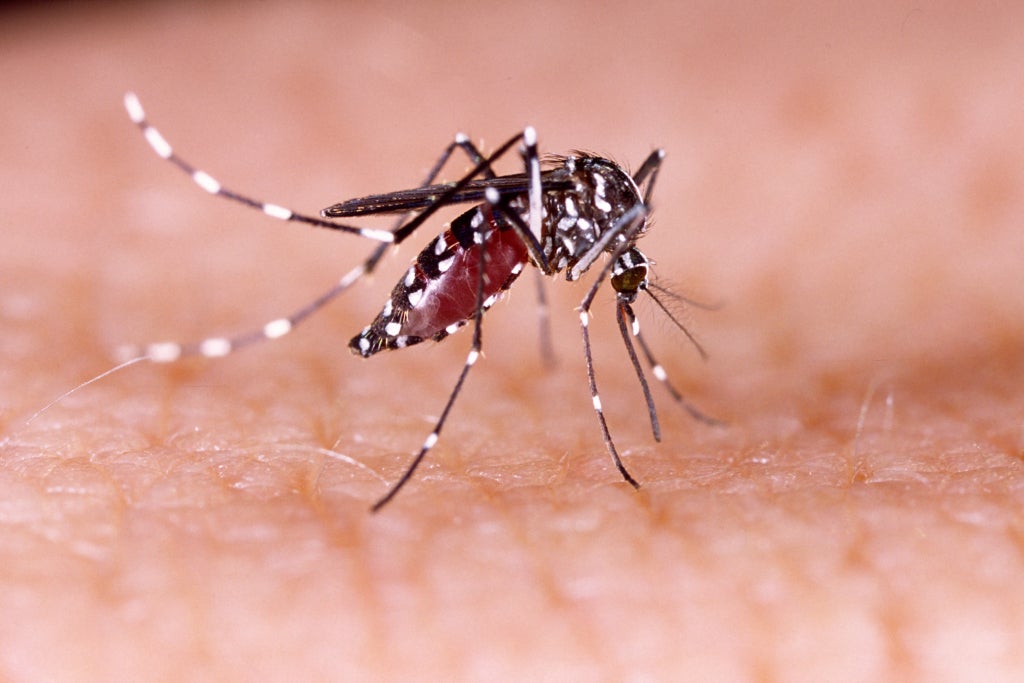
(Photo Credit: istockphoto)
After the House of Representatives finally passed a Zika funding bill on Thursday—for $1.1 billion (less than the $1.9 billion President Obama originally requested), much of it taken away from Affordable Care Act funding, and remaining Ebola emergency money. Given that, the White House has threatened to veto the bill. Which would mean still no federal funding for what Anne Schuchat, the principal deputy director of the Centers for Disease Control and Prevention, called “the most difficult” emergency response the agency has ever had to do, at the Aspen Ideas Festival on Thursday.
Zika is an unprecedented, unique outbreak for several reasons, perhaps the biggest being that it is a disease with two faces. It’s Jekyll and Hyde. For most people, it’s of almost no concern at all. Four out of five people who get infected never have any symptoms, and the symptoms are far milder than its other mosquito-borne cousins, dengue, chikungunya, and yellow fever.
“It tends to go away and then you’re done,” said Anthony Fauci, the director of the National Institute of Allergy and Infectious Diseases. For most of the population, “it’s not scary at all. If you’re a woman who’s pregnant, who gets infected, particularly in the first trimester, it’s overwhelmingly catastrophic.” Miscarriages, fetal death, microcephaly, and other birth defects are all possible as a result of Zika infection during pregnancy.
“It’s a disease that’s very complex because of that dichotomy,” Fauci said.
Zika also has two very different ways it can spread, further adding to the difficulty in controlling it. It’s a mosquito-borne virus, so it is transmitted by mosquitoes—ones that are “very difficult to control,” Schuchat said—but it can also be transmitted sexually, something public health officials did not know earlier in the outbreak. So prevention requires not only mosquito control, but promoting safe sex practices, making sure people have access to contraception and know how long to wait after getting infected before trying to conceive. Well, “know” is a loose term. We don’t really know how long the virus lingers in the body, but the current recommendations are for women to wait 8 weeks and for men to wait 6 months. (The virus tends to linger in semen.)
And because the worst effects of the virus come well after the infection (which is true not just of effects on fetuses, but also of Guillain-Barré, an autoimmune disorder that can come after Zika infection in adults), it’s hard to trace and hard to predict what the ultimate extent will be. I’ve previously written about Zika as a “delayed epidemic”—on this panel, Schuchat called it a “crisis in slow motion,” as opposed to Ebola, for example, which “evolved very dramatically, very suddenly,” she said.
One prediction Fauci seemed pretty confident in was that Zika is going to be hard on Puerto Rico. “The vulnerability of the Puerto Rican population to Zika is extraordinary,” he said. There have already been 1,804 locally transmitted cases on the island, which finds itself susceptible due not only to geography, but also to its ongoing financial crisis and dense population.
Fauci said we should expect Zika to act the same way chikungunya did on the island, since they are spread by the same mosquito. “When chikungunya hit Puerto Rico, it infected about 20-25 percent of the population,” he said. “So it is almost certain unless something dramatic changes, 25 percent of Puerto Rico is going to get Zika.”
Responding to Zika has also meant dealing with the challenge that, when the outbreak started, we didn’t have much to go on.
The commissioner of the Food and Drug Administration, Robert Califf, described the overwhelming feeling. “Imagine getting a call,” he said, and hearing “’Is the blood supply safe? Do we have a diagnostic test? Do we have a vaccine that can prevent the disease? Do we have a treatment that works?’ The answer to all four is ‘No. We have nothing. We’re starting from scratch with this disease.’”
There’s been progress on some fronts. Califf said that the FDA has recommended only using blood from non-Zika affected areas. There is now a diagnostic test that can tell if you currently have Zika, though not one that can reliably tell if you had it in the past. And the first experimental vaccine was just approved to start clinical trials.
But the difficulty level of the public health response to this virus is high, and it only underscores the potential cost of the United States dragging its heels on funding.
This article originally appeared at The Atlantic.

